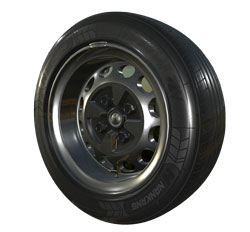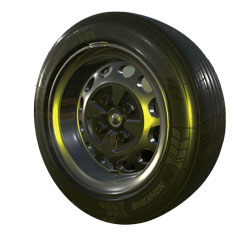 |
 |
| New Products & Service | Simulation | ||
| VR-NEXT Rendering Engine: for PBR 3D model rendering engine that has realistic physical characteristics like material and light
|
|||
|
|
|||
| About PBR |
| Physical Base Rendering (PBR) is a new method for 3D model rendering that has realistic physical characteristics like material and light. Physical features make it easy to define materials and reproduce rendering image with more reality. By defining materials physically, users can get data about color and light reflection, and model shapes can be recreated with less polygons. At last, although rendered images are more graphical, performance like speed and memory consumption will not be worse. |
| History |
| Originally, PBR was announced in 2003 by MERL, which is one of the research
bases of Mitsubishi Electric Corporation. In addition to the movie industry
(including Disney), game studios (including Unreal engine used by Epic
Games) started to spread the technology in 2012.
Nowadays, this technology is often used for 3D graphic rendering for movies and games. It is used in virtual movies and games using 3D graphics. Thus, FORUM8 will use this technology for future VR software. |
| Material |
| Several material models (metal, reflector, glass) are available. For example, 3 parameters (color, metal characteristic, roughness) express any textures. In all models, it corresponds to the physically quantifiable parameter and values are actually measurable. |
| High dynamic range |
| Light reflection is calculated with real physical volume, and RGB conversion set by HDR tone mapping decides visible light range. This draws natural lights. |
| Light source environment map |
In addition to point light source and directional light, an environmental
map as light source and a mirror surface according to material setting
can depict natural light reflection from many directions.
|
| Rendering time |
| Since this technology removes troublesome processing and depicts with less parameters, rendering with this method is faster than the existing rendering ways. It extracts the GPU force to realize a high-power display function. |
| Correspondence to glTF |
| Native support of gITF2.0 released in June 2017 guarantees the high compatibility of PBR data. It also reduce the size of saved 3D data and loading time. |
| Effect of PBR |
PRB exerts a large effect on various applications including the following
cases.
|
| Non-unbiased / Unbiased rendering |
|
| (Up&Coming '19 New Year issue) | ||
 |